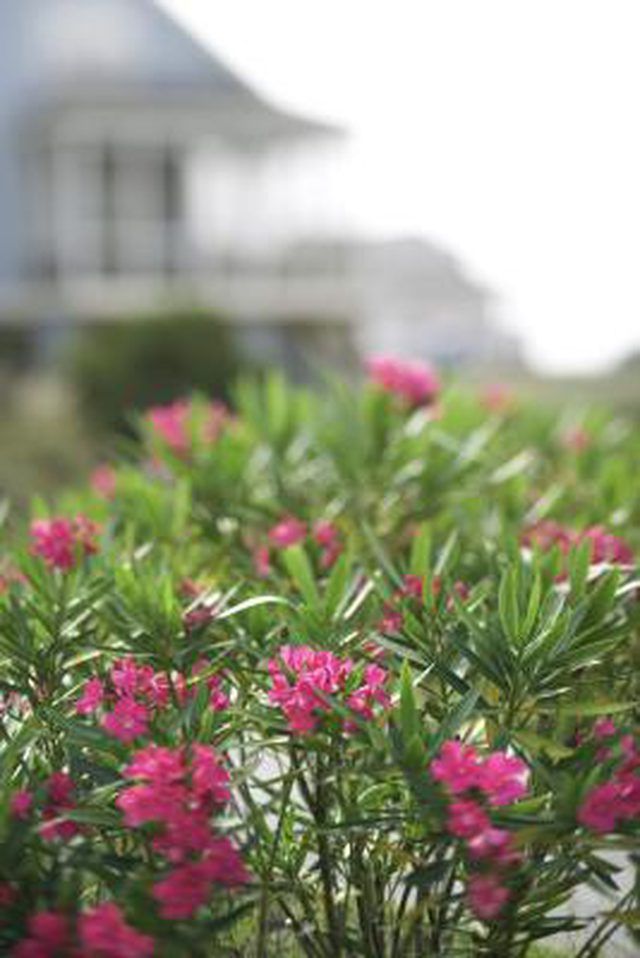Bulbs
Flower Basics
Flower Beds & Specialty Gardens
Flower Garden
Garden Furniture
Garden Gnomes
Garden Seeds
Garden Sheds
Garden Statues
Garden Tools & Supplies
Gardening Basics
Green & Organic
Groundcovers & Vines
Growing Annuals
Growing Basil
Growing Beans
Growing Berries
Growing Blueberries
Growing Cactus
Growing Corn
Growing Cotton
Growing Edibles
Growing Flowers
Growing Garlic
Growing Grapes
Growing Grass
Growing Herbs
Growing Jasmine
Growing Mint
Growing Mushrooms
Orchids
Growing Peanuts
Growing Perennials
Growing Plants
Growing Rosemary
Growing Roses
Growing Strawberries
Growing Sunflowers
Growing Thyme
Growing Tomatoes
Growing Tulips
Growing Vegetables
Herb Basics
Herb Garden
Indoor Growing
Landscaping Basics
Landscaping Patios
Landscaping Plants
Landscaping Shrubs
Landscaping Trees
Landscaping Walks & Pathways
Lawn Basics
Lawn Maintenance
Lawn Mowers
Lawn Ornaments
Lawn Planting
Lawn Tools
Outdoor Growing
Overall Landscape Planning
Pests, Weeds & Problems
Plant Basics
Rock Garden
Rose Garden
Shrubs
Soil
Specialty Gardens
Trees
Vegetable Garden
Yard Maintenance
The Growth Rate of Oleander Plants
The Growth Rate of Oleander Plants. A rapidly growing shrub, the evergreen oleander (Nerium oleander) grows 1 to 2 feet per year, according to Clemson University Cooperative Extension. It will reach a height of up to 20 feet and attain a width of around 10 feet, if left to grow naturally.

A rapidly growing shrub, the evergreen oleander (Nerium oleander) grows 1 to 2 feet per year, according to Clemson University Cooperative Extension. It will reach a height of up to 20 feet and attain a width of around 10 feet, if left to grow naturally.
Temperature Effects
An oleander killed by a frost or a hard freeze will regrow rapidly from its root system once the old, dead growth is cut away. Damage usually occurs if the temperature dips below 20 degrees Fahrenheit, according to Texas A&M University AgriLife Extension.
Considerations
Oleanders flower only on new growth. Pruning the shrub in the fall months encourages it to reproduce new stems and bloom profusely. The oleander will flower year round. It produces clusters of blossoms in shades of pink, lavender, salmon, apricot, red, purple, pink and white. Each flower measures approximately 2 inches in width.
Planting Location
Full sunlight encourages the oleander to produce a dense canopy. The shrub will grow in partial or even full shade, but its growth will be seriously stunted and leggy, according to Texas A&M University AgriLife Extension.